Text
final blog: Kiyoshi Kurosawa’s Pulse
Although some particular Japanese horror films, the best example being Hideo Nakata’s Ringu, have grown in popularity all across the globe, most of the films that did not reach international attention have received little to no interest from critics or researchers. In contrast with the extremely popular genre of anime credited to Japan, J-horror is often overlooked in terms of critical discussion. However, specific films from the genre that have done well have brought attention to the genre as a whole, which is where most of the critical analysis of j-horror is derived from.
For my final blog, I watched Kiyoshi Kurosawa’s Pulse (2001). The trailer can be found below labeled “VIDEO 7”. The story begins with the sudden and unexpected suicide of the protagonists’ coworker, Taguchi, and they work to try and figure out what caused him to hang himself. The three main characters, Michi, Junko, and Toshio, discover a DVD in Taguchi’s apartment, and after watching, realize a fuzzy but chilling face lurking behind him in the video. The storyline follows this concept of a sort of spirit embedded within the new technology they are dealing with, and throughout the film, we see people beginning to disappear without a trace for an unknown reason. The main characters encounter these spirits throughout multiple scenes in the film, but are able to escape shaken up but alive. An example clip can be found below labeled “VIDEO 8”. As the film progresses, and we are shown scenes of the main characters out in public settings, there are less and less people populating their area. Eventually, it reaches a point where they cannot find anyone but each other, as if the entire population had been eradicated. Film analysts attribute this concept to the idea of technological advancements creating isolation within society. This idea is consistent with the j-horror genre, where the fears within the film reflect modern-day concerns. In the early 2000s, Japan was experiencing a surge of new technology, which to many was greatly concerning. Most of the fear around technological advancements revolved around fear of the unknown, as well as the fear of isolation it would bring with it. A particular scene from the movie, where Toshio is seen trying to view a DVD and navigate how to use the internet portrays this concept of the unknown with new technology. By clicking through all the warnings that pop up, he unknowingly agrees to be contacted by one of the ghosts. This scene can be found below labeled “VIDEO 9”. The depiction of a desolate city in the film reflects the fear of isolation, where it is implied that the haunting within new technology was the cause for citizens to vanish. The main characters in this film are also cast in a positive and caring light, wearing brightly dressed clothing and shown caring about the safety and well being of others. Eventually, we watch them become more and more discouraged by their situation as they can’t find signs of life anywhere. Critics believe this to be a comment on society’s need for social and emotional interaction, and the threat that technology creates to strip humanity of these key components. A photo showing Michi on a train vacant of people is shown below labeled “IMAGE 8” to represent her experienced isolation.
In the articles written on Pulse regarding the plot, characters, and film style, most consisted of a consensus for a seamless representation of Japanese society as well as the J-horror genre. While Kurosawa depicts an apocalyptic world, a common concept within multiple genres of film, he creates a more toned-down version. Where most apocalyptic films consist of dramatic disaster, many describe Pulse as a more calm and methodical approach, where the audience is slowly dropped into dread. This creates a build of tensions and fear, until finally there is a drop into hopelessness for the characters on screen. The film is also described as bleak, where we see little elements of comfort, such as sunlight or greenery. The scenery is often coarse, with dreary apartment buildings and cold metal staircases. These are thought to be instrumental pieces in the buildup of discomfort and fear in viewers, which is a common concept for j-horror films as well. A photo of a street in the film is below labeled “IMAGE 9”, and another labeled “IMAGE 10” that shows one of the opening scenes of the film that depicts a much brighter frame in contrast. The only thing missing from this film that is considered one of the staples of the genre is a spirit haunting the place of their death in a way of seeking vengeance for their passing. While Pulse contains the spiritual and haunting elements, there is not necessarily the idea of the spirits haunting over something specifically. In this film, Kurosawa portrays a spirit haunting an entire population, which some argue creates a greater sense of fear. The idea that everyone is affected by these spirits rather than a specific person symbolizes that it could happen to anyone.
I couldn’t find any response from Kiyoshi Kurosawa in regards to what critics or researchers had to say on his films. There is no evidence that he either confirms or denies the theories that have been drawn from his film, so much of what his intentions behind his creation is left for speculation. I feel that his most evident purpose was to convey fears of technological advancements within society, and think the conclusion that social isolation played a role in the film is a good bet as well. Overall, I thought the style of this film was especially interesting in comparison to most horror films because of the lack of outward aggressive jump scares and gore, and relying more on building suspense and fear in the viewers.
0 notes
Photo
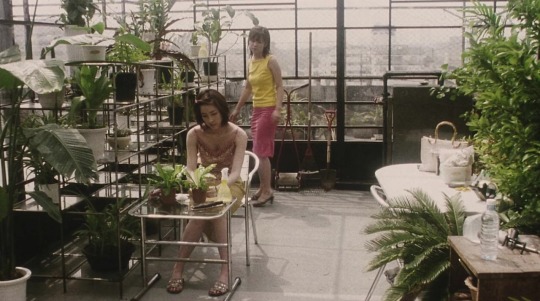
IMAGE 10: opening scene of Pulse (2001)
2 notes
·
View notes
Photo

IMAGE 9: Abandoned city street in film
0 notes
Photo
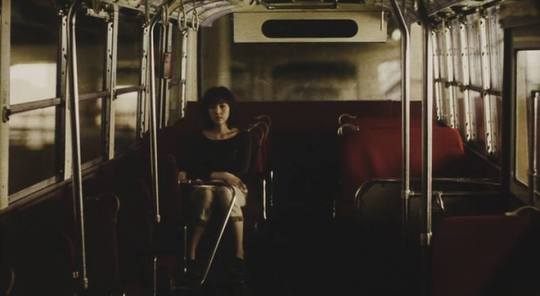
IMAGE 8: Michi alone on the train
1 note
·
View note
Link
(VIDEO 9): Toshio navigates the internet
0 notes
Link
(VIDEO 8): scene where Yabe encounters spirit
0 notes
Link
(VIDEO 7): Pulse (2001) official trailer
0 notes
Text
sources (entry 5)
https://www.researchgate.net/publication/236722700_Japanese_Horror_Cinema_review
https://asianmoviepulse.com/2020/07/film-analysis-pulse-2001-by-kiyoshi-kurosawa/
https://www.imdb.com/title/tt0286751/
https://www.denofgeek.com/movies/a-beginner-s-guide-to-ju-on-and-the-grudge-franchise/
https://www.otaquest.com/japanese-horror-90s-00s-your-japanese-film-insight-11/
0 notes
Text
The Forest of Love
The film The Forest of Love is one of the more recent examples in the genre of Japanese horror with its release in 2019. A picture of the movie poster can be found below labeled “IMAGE 7”. Although it holds some evolved components of the genre, at its core it is much like the traditional j-horror films. The story is based on a famous serial killer named Futoshi Matsunaga who terrorized Japan from 1996-1998. A photo of Matsunaga can be found below labeled “IMAGE 8”. This topic is representative of the j-horror genre by portraying real fears that plague society in real life. The director, Sion Sono, picked an event that was especially horrific to the Japanese people and portrayed it from the perspective of all characters involved to create a multidimensional sense of fear, where the points of view make the audience feel drawn into the plot, as if experiencing it themselves.
However, in earlier J-horror films, directors typically used a spirit or supernatural creature as a personified version of the fears people felt. In The Forest of Love, there were no spiritual elements incorporated, and the situation was presented in a realistic and direct way rather than symbolically.
The director also utilizes the technique of jumping between the past and present, as well as fluid transitions between frantic and subdued scenes that are representative of the moods of the characters on screen. His style of filming alternates between scenes depending on what is taking place within each frame in order for his audience to experience the anxieties and moments of peace the characters are feeling. This is the sort of evolution to the j-horror genre, where Sono uses some of the traditional elements with twists of his own style.
Personally, I feel that horror films that utilize realistic scenarios, such as a serial killer terrorizing innocent people, are far more scary than a film that uses hypothetical fears like spirits or creatures. I also have a strong interest in true crime, and had never heard of this case before watching this movie. That being said, I thoroughly enjoyed this film because it spoke to both my interests and fears. The official trailer for this film can be found below labeled “VIDEO 6”.
0 notes
Text
sources (entry 4):
https://psychocinematography.com/2020/01/12/forest-of-love-cry-in-the-forest-without-love-2019-review/
https://murderpedia.org/male.M/m/matsunaga-futoshi.htm
0 notes
Link
VIDEO 6: The Forest of Love trailer (2019)
0 notes
Photo
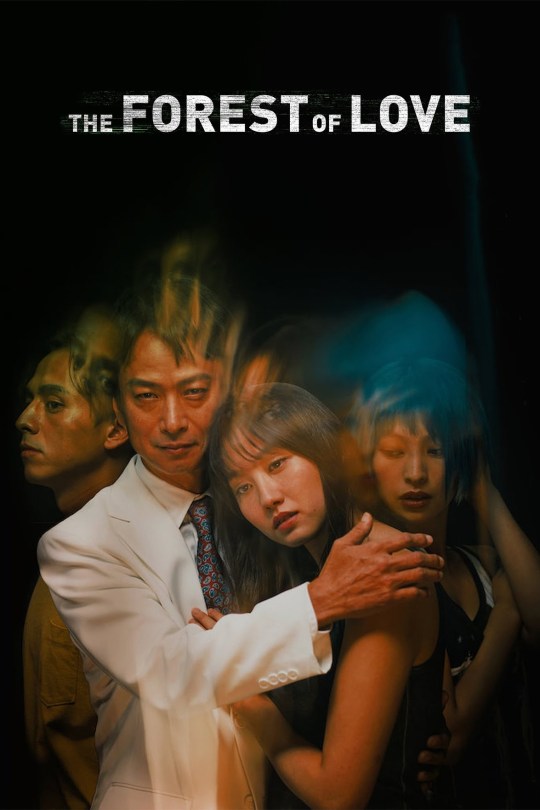
IMAGE 7: The Forest of Love film poster, directed by Sion Sono
2 notes
·
View notes
Photo
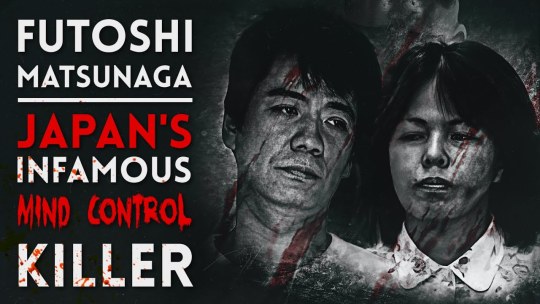
IMAGE 8: Serial Killer Futoshi Matsunaga
0 notes
Text
Cycle of Inspiration Within J-Horror
While the genre of Japanese horror takes much inspiration from filmmakers around the world, it has in turn provided inspiration for others globally as well. Arguably one of the most obvious influences that J-horror has had is through the movie Ringu that I have discussed in my previous entries. Around 2005, American filmmakers were realizing they were in need of a new horror film cycle, as the genre was being consumed by series and remakes. They saw the success that Ringu had drawn in Japan, and decided it was the perfect opportunity for a rebirth of more gothic, supernatural horror films. While the original represented many fears that were recognized internationally, such as divorce, changing gender roles, and tensions between tradition and modernity, they further adapted the remake in order to suit its Western audience more seamlessly; specifically making changes like increasing the pace, creating more closure, and making the spirit out to be the manifestation of evil. After the adaptation grossed around $250 million, they created The Ring series, consisting of three movies. An interview done with cast members and filmmakers for the franchise can be found below labeled “VIDEO 4”. Other elements of Japanese film have been a focus for Hollywood directors as well, one of the most famous being Quentin Tarantino. He has stated that the Yakuza, a Japanese group of organized criminals, has been a fascination of his and a big inspiration for one of his best well-known films Pulp Fiction. Another popular title of his, Kill Bill, was inspired from the movie Shurayukihme, a Japanese thriller film. The poster for the film is featured below titled “IMAGE 5”. The attention that these movies drew in the United States led viewers to watching the originals, and eventually exploring more Japanese films.
On the flip side, Hideo Nakata, the director of Ringu, states in an interview that he had many different inspirations for his work. He starts by explaining how after watching The Exorcist while in high school, he was really impressed by the depiction of horror it presented.
He also explains that he drew a lot of inspiration from the supernatural traditions of Japan as explained in one of my previous entries. While creating Ringu, he states that he wanted to present the fearful side of nature, and specifically chose locations for the scenes that gave his audience an eerie and unnatural feeling. During filming the scenes featuring the cursed video tape, he intentionally excluded reference points in order to distort the viewer’s perception of their surroundings and make it difficult to piece together the context of the location. He describes his idea as “the notion that we don’t really understand from what point of view we are watching the scene”. The concept of the smeared photos shown in the movie was influenced by Mifune Chizuko, a paranormal from Japan who was well-known for being able to materialize words on paper and fascinated a large audience during her time. At the core of the film is the feel of “spiritual” horror, to which Nakata credits Robert Wise’s The Haunting, along with the Henry James novella Turn of the Screw, which was later made into a film by British director Jack Clayton. The Haunting consists of dramatic angles and cuts that build tension within the plot, and also features experimenting with perspective. A scene from the film can be found labeled “VIDEO 5”. These elements can be seen incorporated into Ringu, as well as some of the Japanese horror films Nakata has produced in his time. Another director of J-horror films, Takashi Shimizu, states that the inspiration for his horror series Ju-On came from American classics, specifically A Nightmare on Elm Street (1984) and Friday the 13th (1980). A side by side image of these two movie posters are shown below labeled “IMAGE 6”.
0 notes
Photo
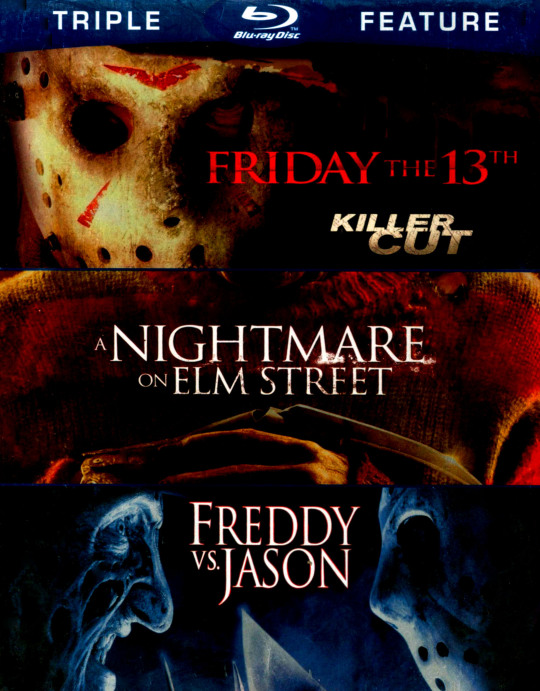
IMAGE 6: movie posters from Friday the 13th and A Nightmare on Elm Street, featuring antagonists Freddy Krueger and Jason
3 notes
·
View notes
Link
VIDEO 5: scene from The Haunting (1963) directed by Robert Wise
0 notes
Photo

IMAGE 5: Kill Bill movie poster, director Quentin Tarantino (2003)
1 note
·
View note